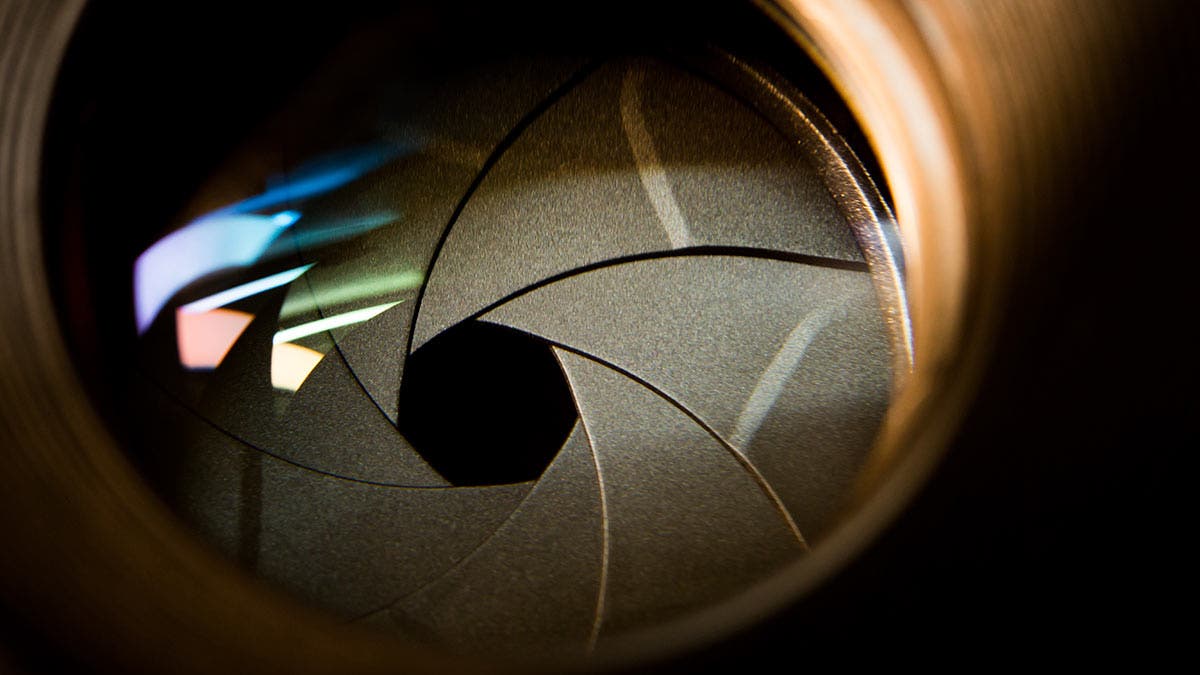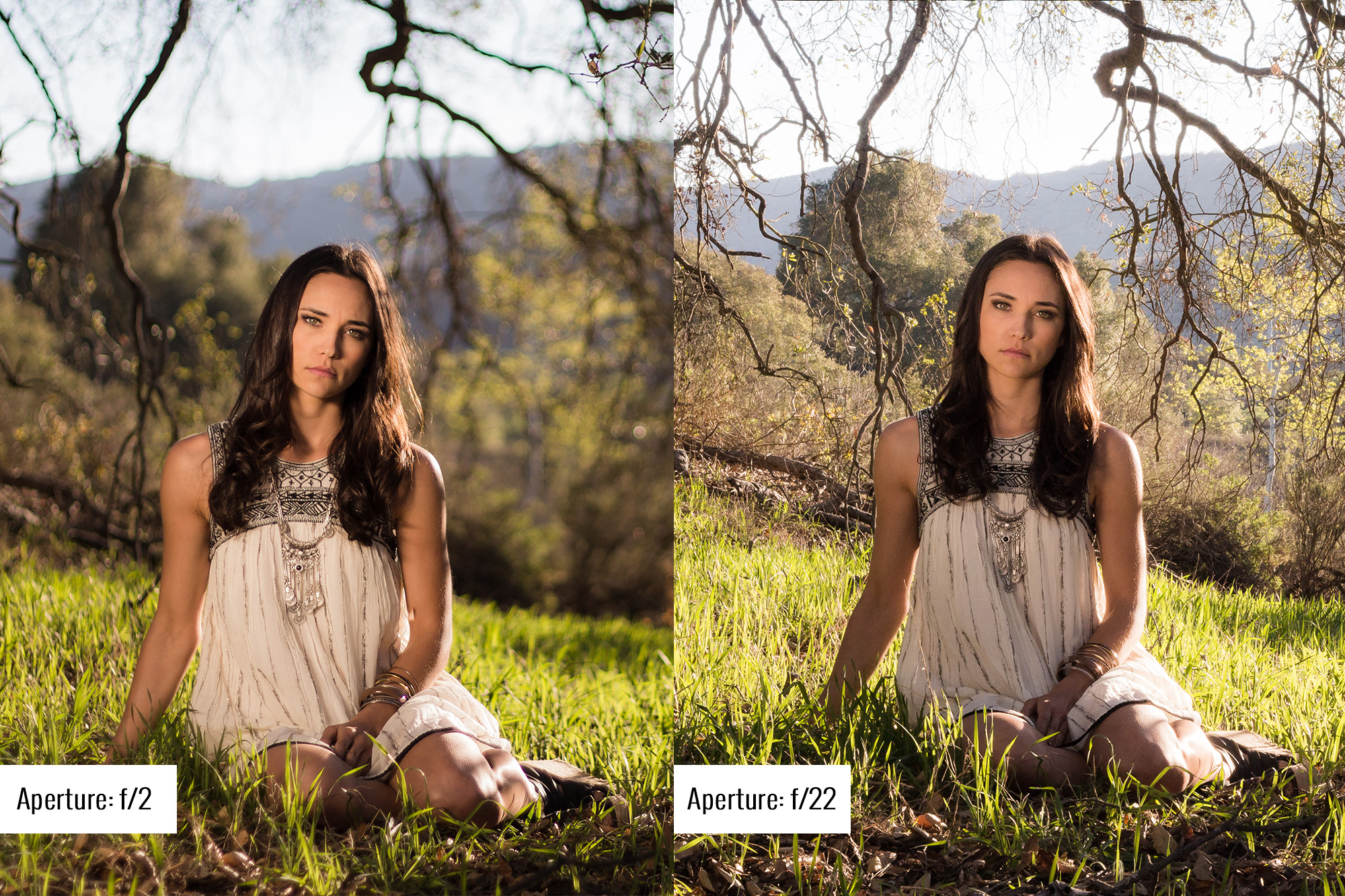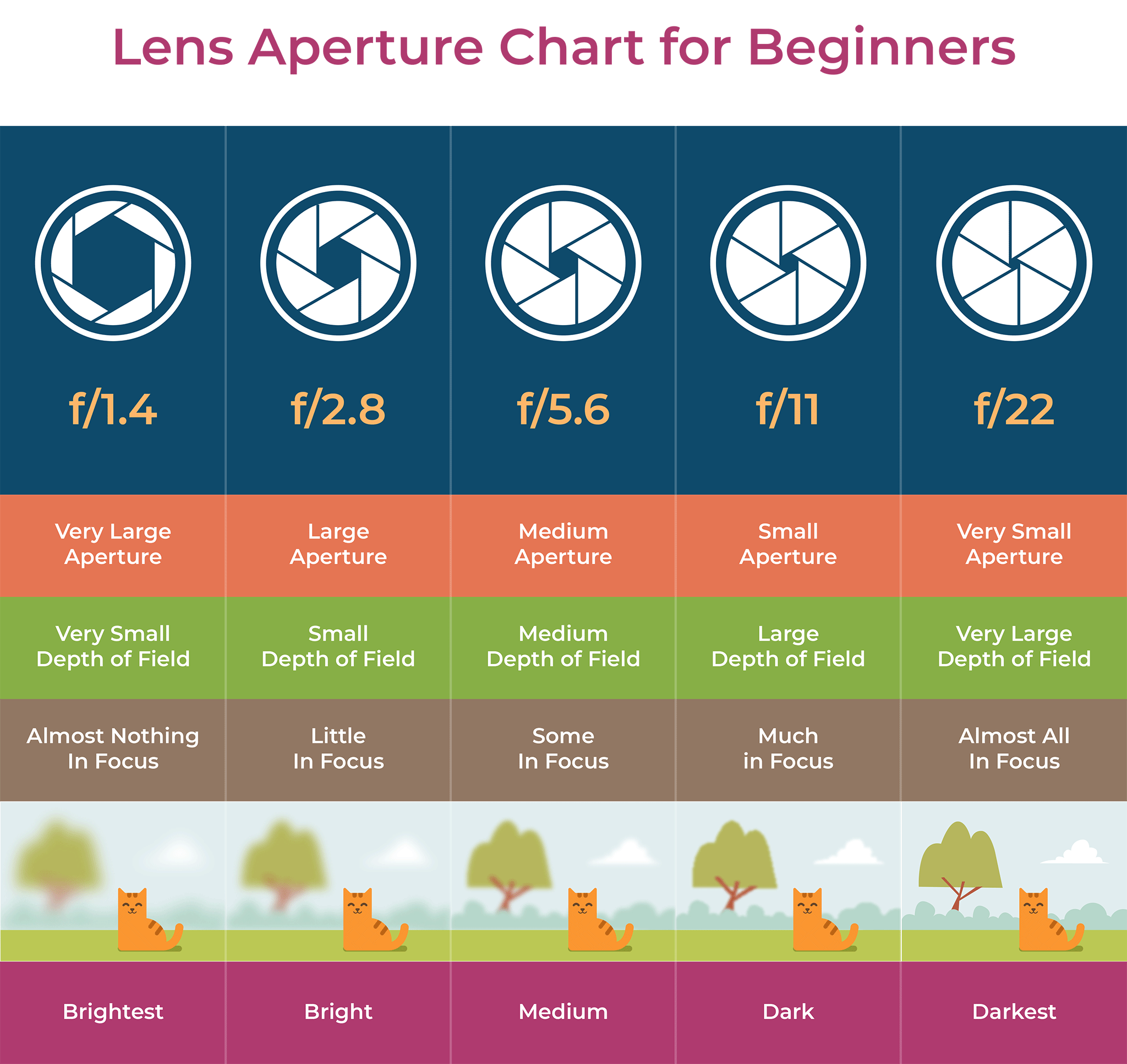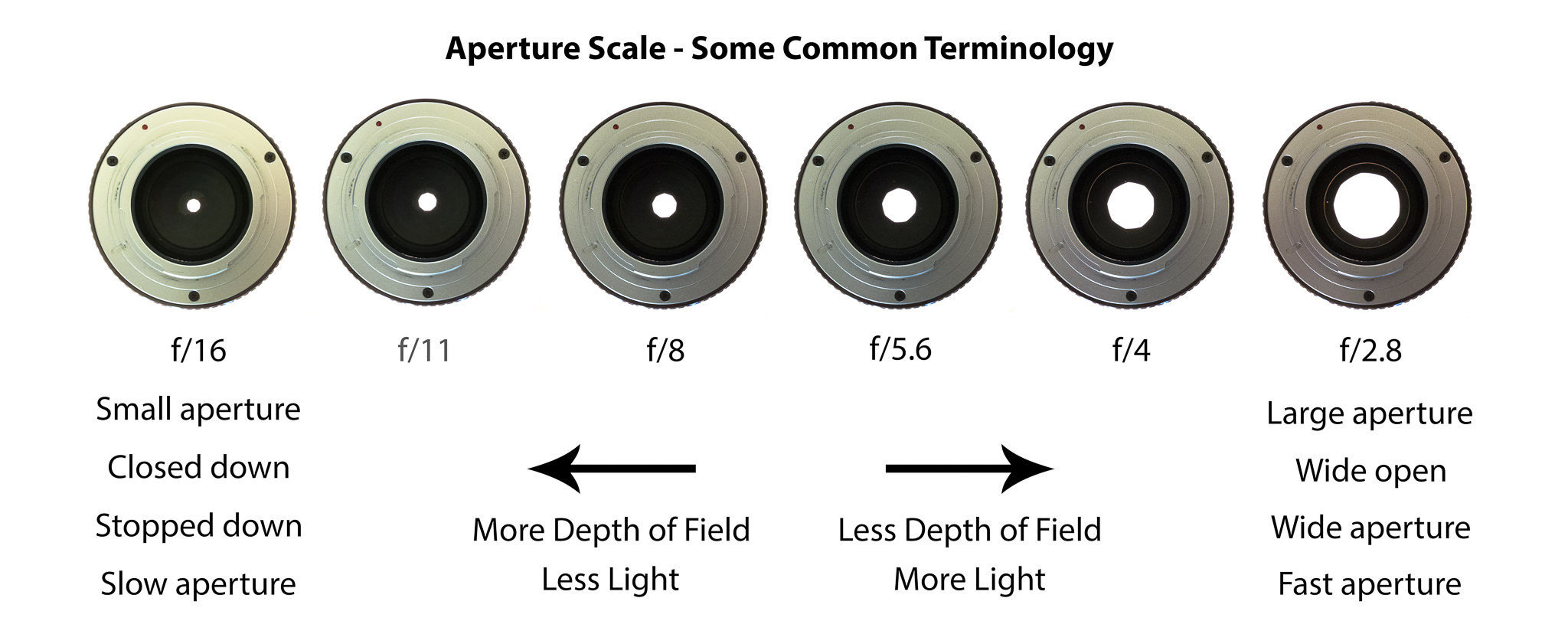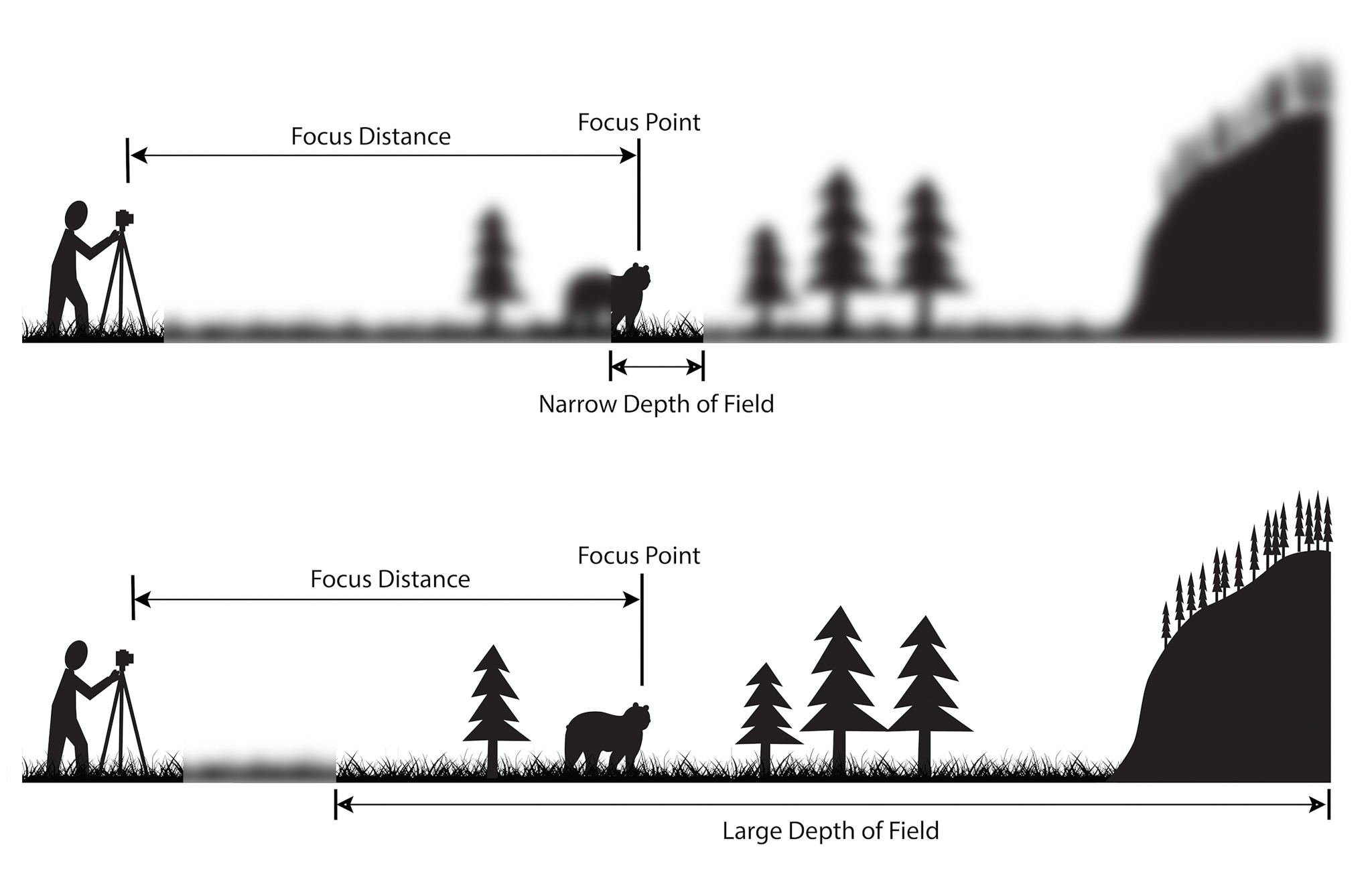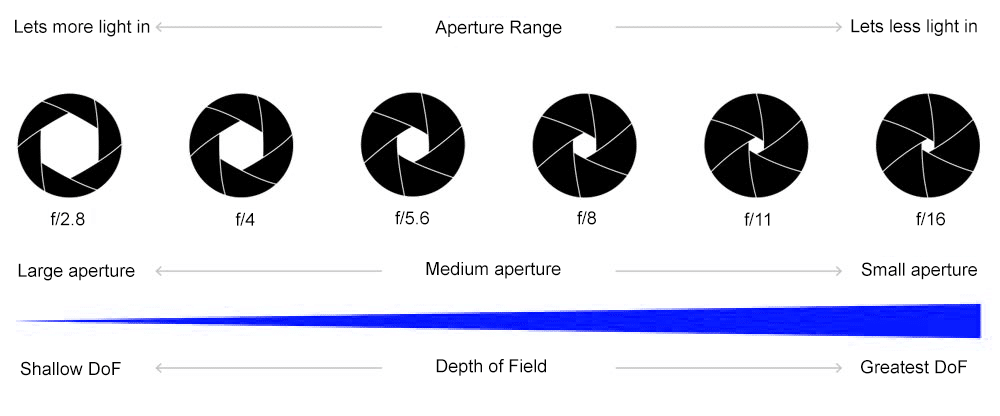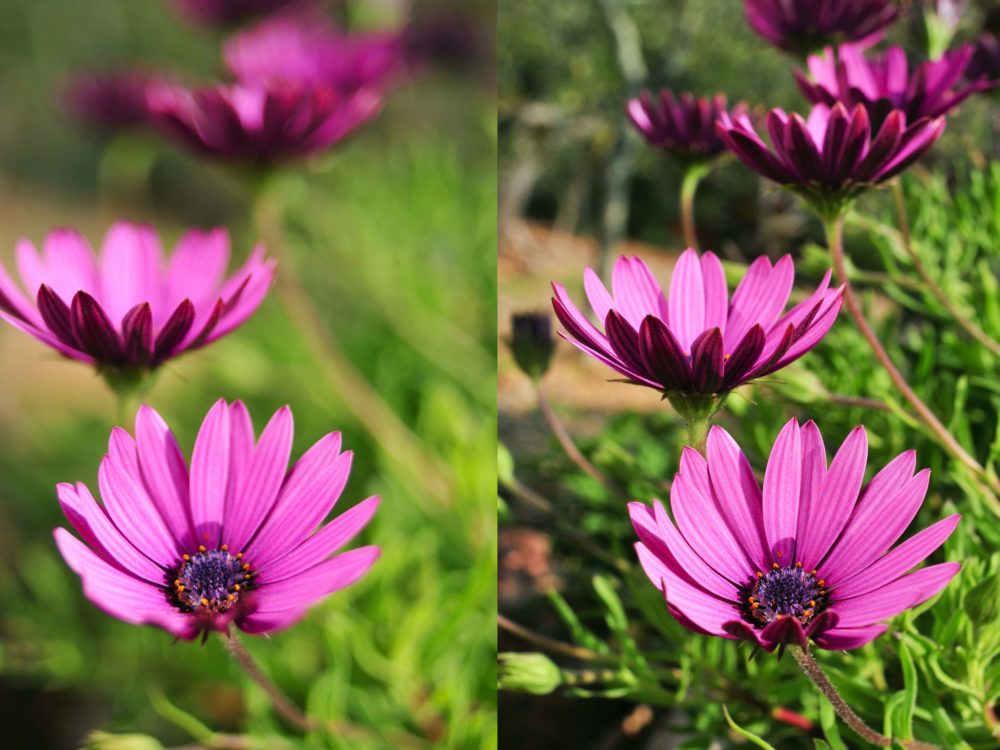
Focal length within a camera is an essential aspect of photography that influences the angle of view and magnification of the image captured. The focal length of a camera lens is the distance between the optical centre of the lens and the image sensor when the lens is focused on infinity. Typically, it’s measured in millimetres and can vary widely depending on the lens used.

A lens with a shorter focal length, such as a wide-angle lens, captures a broader field of view, making it ideal when used in landscape and architectural photography. On the other hand, a lens with a longer focal length, such as a telephoto lens, narrows the angle of view and magnifies the image, making it perfect for wildlife and portrait photography.
The choice of focal length often depends on the desired effect and the distance between the photographer and the subject. Lenses with different focal lengths can be switched to achieve various perspectives and styles in their image.





























